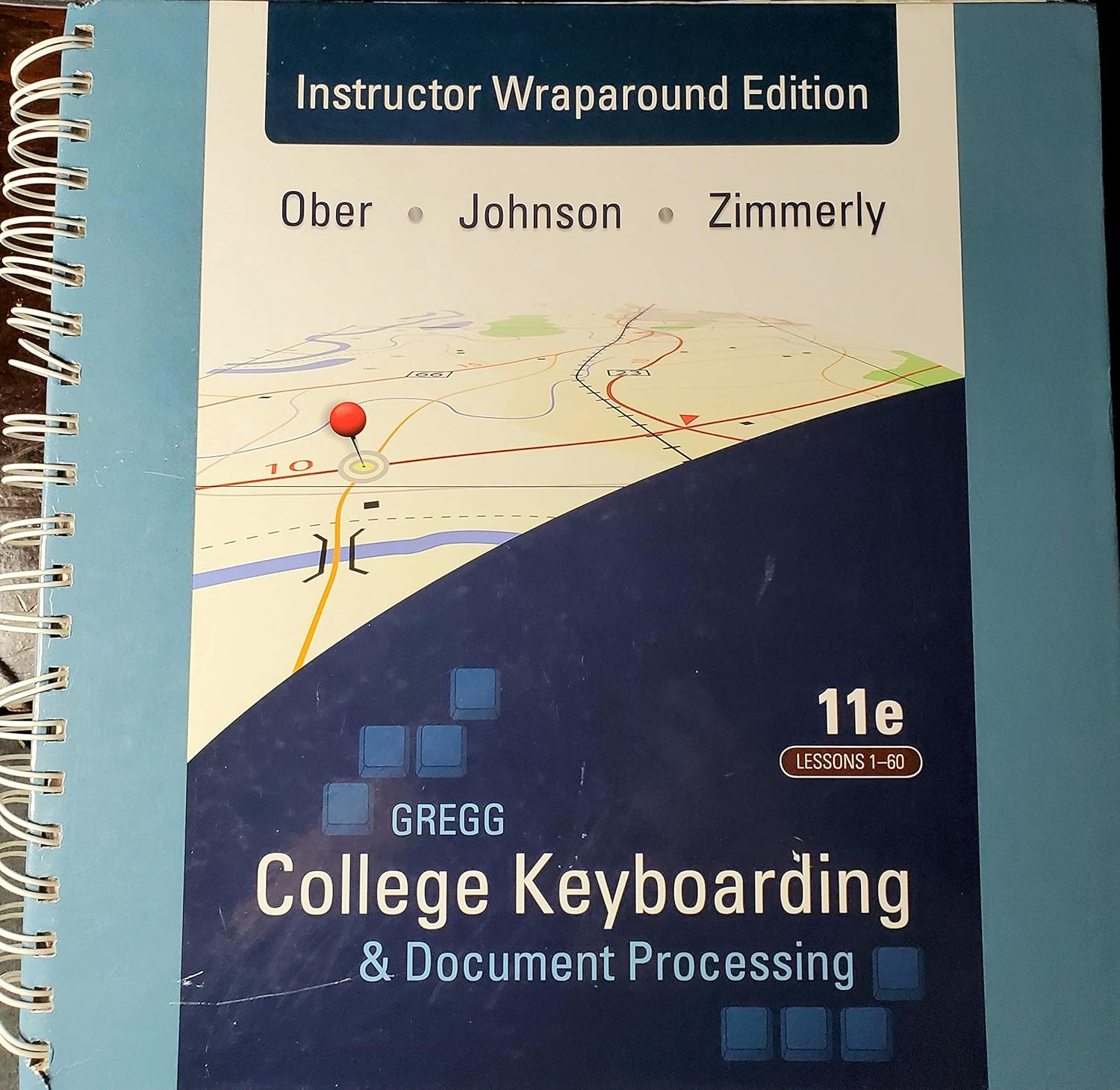About this deal
Actinic keratosis. British Association of Dermatologists. www.bad.org.uk, last updated December 2020
Many procedures are likely to leave a scar. Your doctors will do their best to keep the scar to a minimum, but they may be noticeable. Freezing off lesions with liquid nitrogen can be used for actinic and seborrhoeic keratoses, warts and skin tags. Your doctor applies liquid nitrogen to the area for around 10 seconds, using either cotton wool or a spray. A blister forms after the treatment. It dries up to form a scab, which falls off one to two weeks later (sometimes longer). Scooping away (curettage) Skin lesions are areas of skin that are growing abnormally or look different from the surrounding normal skin. Types of benign (non-cancerous) skin lesions include: Examples of secondary lesions include scabbing, cuts and scrapes due to itching or dry skin from psoriasis or allergies. Where are skin lesions located?We don’t know why some people develop keloid scars. But they seem to form when your body produces too much of a skin protein called collagen. They’re more common in people with dark skin, and tend to develop between the ages of 10 and 30. Keloid scars may be more likely if you’ve had one before or someone in your family has. pyogenic granuloma – small, bright red nodules that often develop after an injury, tend to bleed easily and are often removed
Secondary lesions are changes in a primary lesion. This can happen because of itching, another direct injury or a skin lesion that shows up as part of a more complex, underlying condition. Secondary lesions include: Scientists do not yet know exactly what causes psoriasis. However, it is an autoimmune condition — it results from a problem with the immune system. There is no cure, but several treatments are available. Skin lesions appear anywhere on your body. The type of skin lesion varies by location. For example, acne and eczema are skin lesions that occur in a particular pattern. How common are skin lesions? Your doctor will talk through what will happen before, during and after your procedure, including any pain you might have. This is your chance to ask questions so you understand what will happen. You don’t have to go ahead if you decide you don’t want the procedure. Once you understand and agree, you’ll be asked to sign a consent form. After photodynamic therapy, it'll take a few days for a scab to form, and can take several weeks to heal. Because of the light-sensitising drug you’ve had, you must use sunscreen that’s at least SPF30 for 48 hours after your treatment. Looking after your wound
Cirrhosis
Your doctor may prescribe a skin lesion removal cream or gel containing medicines such as imiquimod, salicylic acid, 5-fluorouracil or diclofenac to get rid of a wart or actinic keratosis. You usually need to apply the cream or gel daily for several weeks. Freezing (cryotherapy)
Your skin may look lighter (hypopigmentation) or darker (hyperpigmentation). This can happen if you’ve had surgery, cryotherapy or photodynamic therapy. The affected area will be more prone to sunburn, and you'll need to use sunscreen to protect it. It is possible to get both urticaria and angioedema at the same time. Treatment for both conditions is similar. If breathing is affected, it is essential to seek emergency medical attention immediately. Cryotherapy to freeze keloid scars and stop their growth. This can be used on its own or with other treatments.
Cite this Entry
Simple scissor excision is another method used for raised lesions or those in the upper skin layer. The provider will use forceps to gently pull the lesion up from the skin, then cut around the lesion with scissors. Stitches are usually not necessary. https://www.skincancer.org/skin-cancer-information/actinic-keratosis/actinic-keratosis-treatment-options/ Actinic keratosis can develop on skin that has been damaged by the sun. It looks like flesh-colored, brown, pink, or red crusty bumps. One way of dividing skin lesions is primary versus secondary. Primary lesions are changes in your skin that aren’t associated with other conditions and include:
Wheal: An irregular-shaped, solid, elevated area that can vary in color and lasts for only a short timedermatofibroma – firm, raised growths that can be brown, purple or red in colour and may develop after an insect bite or minor injury When the skin is injured, a watery liquid called serum leaks into the damaged area from the surrounding tissue. This can form a bubble in the skin called a blister. Complications are when problems occur during or after the procedure. Complications of having a skin lesion removed include the following.
 Great Deal
Great Deal 